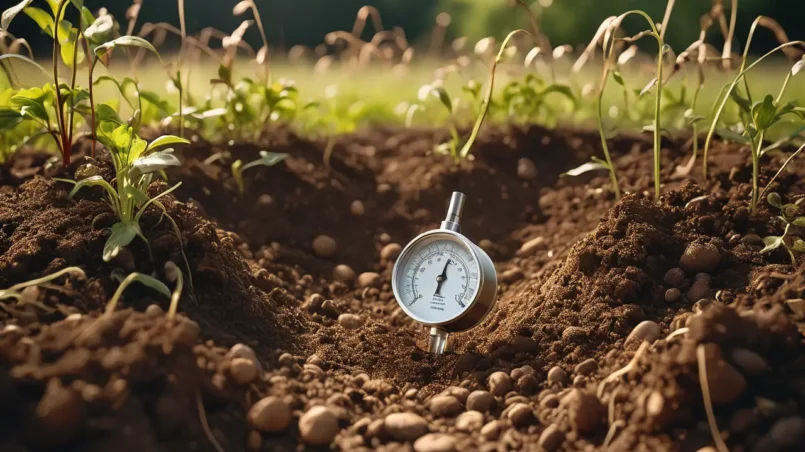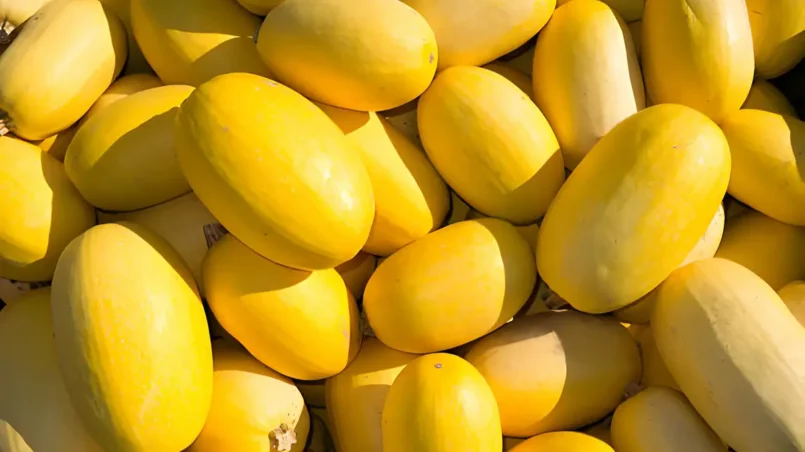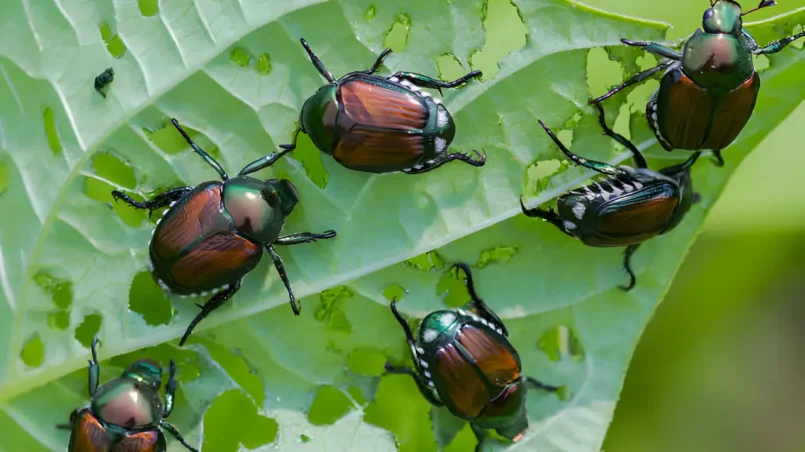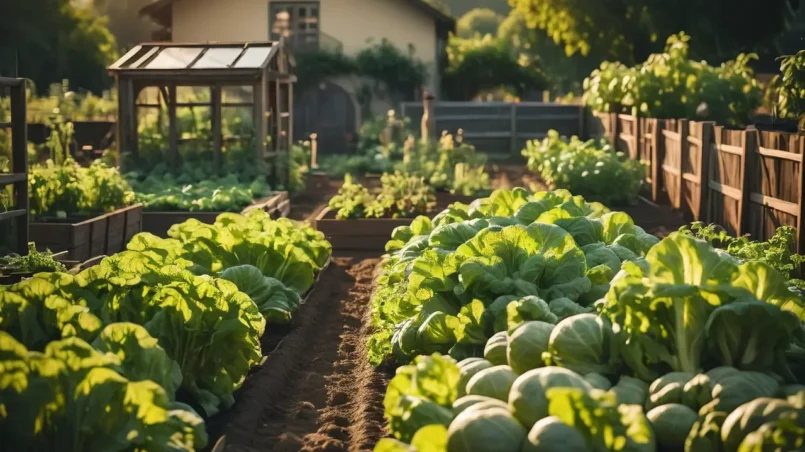Soil temperature plays a crucial role in the success of gardening and agriculture, yet it’s often overlooked by hobbyists and even some professionals. Understanding and monitoring soil temperature is vital for optimizing seed germination, plant growth, and overall health. This article will explore the significance of soil temperature, the tools available for measuring it, and provide a step-by-step guide to ensure accurate readings. Soil Temperature Soil temperature significantly...
Category - Gardening
Spaghetti squash, with its unique texture and versatility, has become a favorite among health-conscious eaters and culinary enthusiasts alike. Proper storage of spaghetti squash not only extends its shelf life but also preserves its nutritional value and taste. This article guides you through the best practices for storing spaghetti squash, ensuring you can enjoy this nutritious vegetable for as long as possible. Spaghetti Squash Spaghetti squash, or Cucurbita pepo, is a winter squash...
Japanese beetles (Popillia japonica) are a familiar sight in many gardens across the United States, and their presence is often met with dismay by gardeners and farmers alike. Originating from Japan, these beetles were first identified in the United States in 1916, and since then, they have spread to cover a vast area across the country. This invasive species is known for its broad appetite, targeting a wide range of plants, which raises the question of their impact on gardens and agricultural...
Cucumbers are a staple in vegetable gardens, cherished for their refreshing flavor and versatility in the kitchen. Growing cucumbers in raised beds offers numerous advantages, including improved drainage, easier pest management, and better control over soil conditions. This guide will walk you through the essential steps to successfully plant and cultivate cucumbers in a raised bed, ensuring a bountiful harvest. Planning Your Raised Bed Size and Location Considerations When planning...
Backyard chickens are not just a source of fresh eggs; they’re also a joy to watch and care for. However, these feathered friends can attract unwanted attention from various predators, including foxes, raccoons, and hawks. Among these, weasels, with their slender bodies and keen hunting instincts, pose a significant threat. Identifying the predator responsible for attacking your chickens is crucial for implementing the right preventive measures. This guide focuses on how to determine if a...
Lilac bushes (Syringa spp.) are cherished by gardeners worldwide for their fragrant and colorful blooms. These perennial shrubs not only add aesthetic appeal to gardens but also bring the delightful scent of spring and early summer into the air. However, for pet owners, particularly dog owners, the question of whether these beautiful plants are safe around their furry friends often arises. This guide aims to address these concerns, providing detailed information about the toxicity of lilac...






